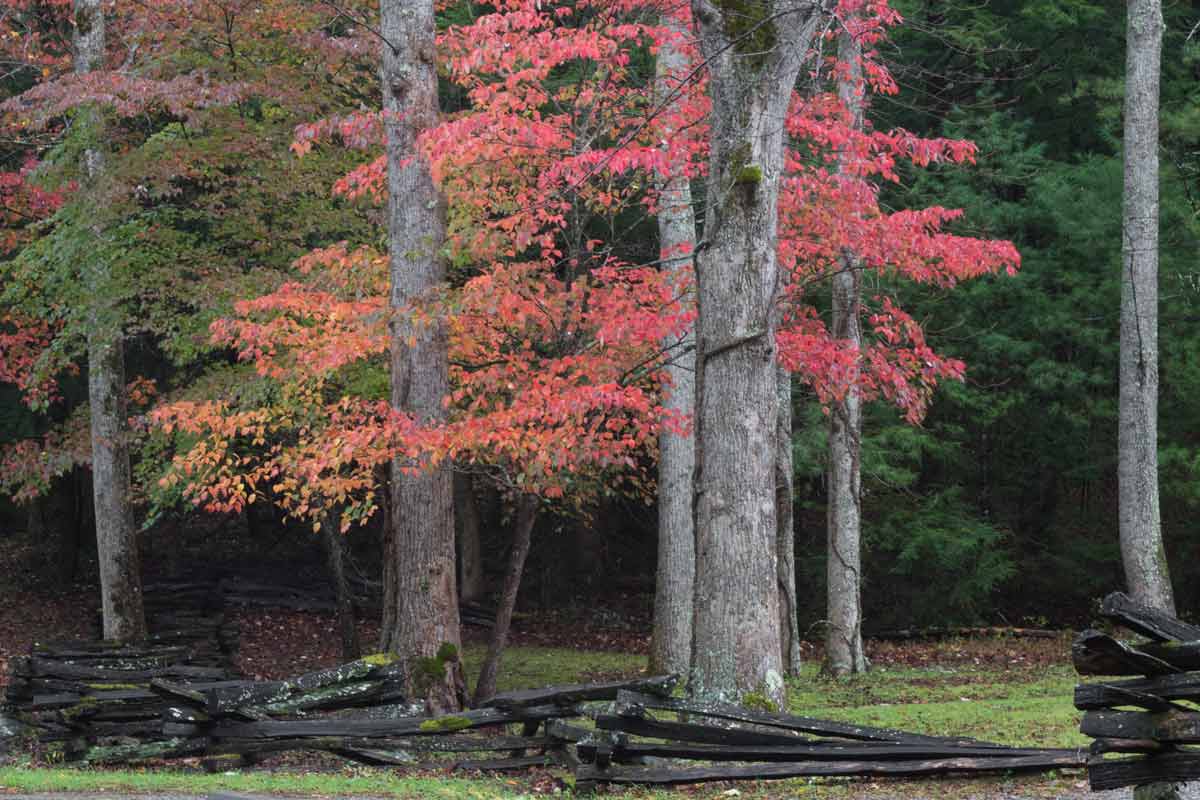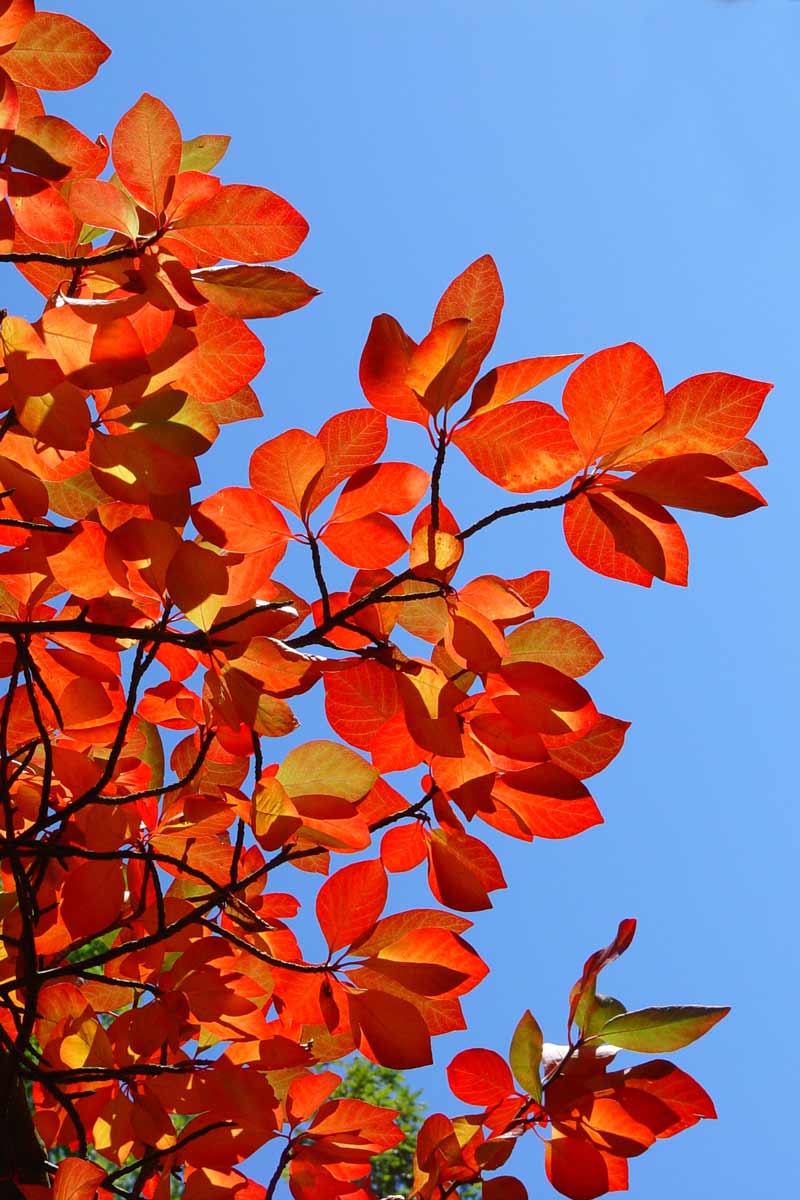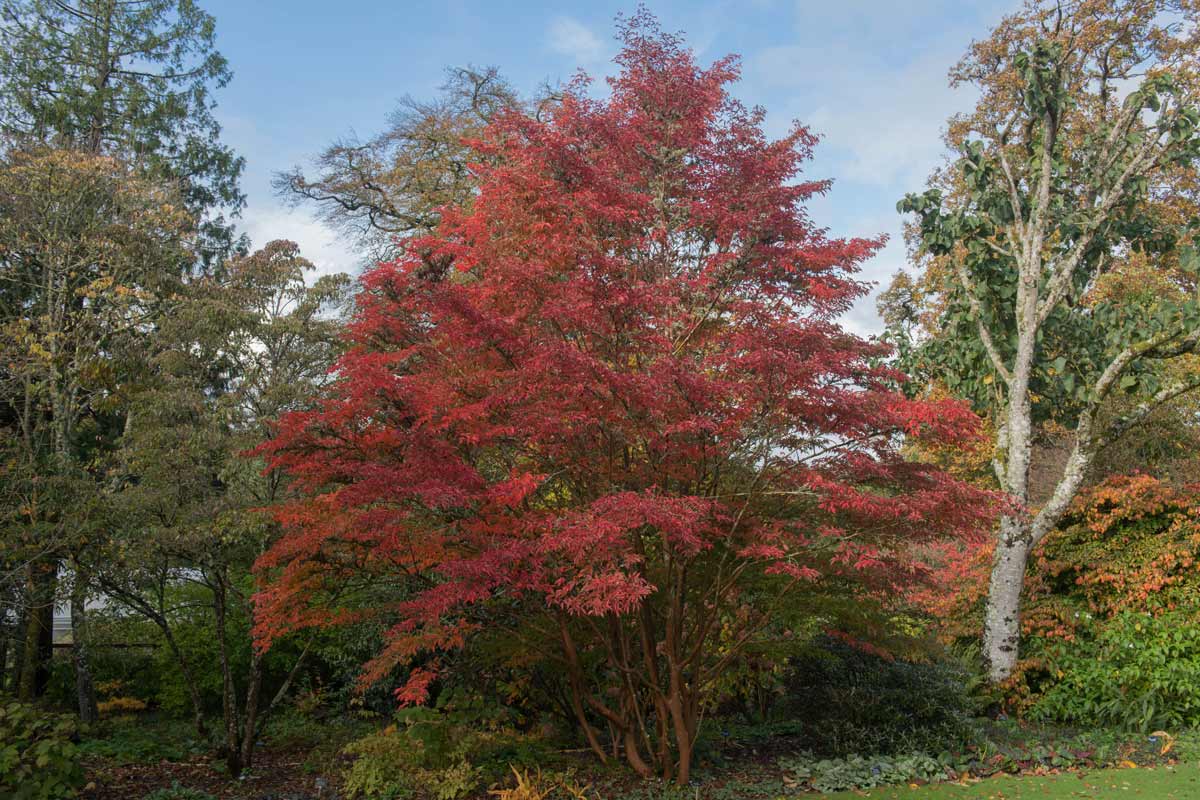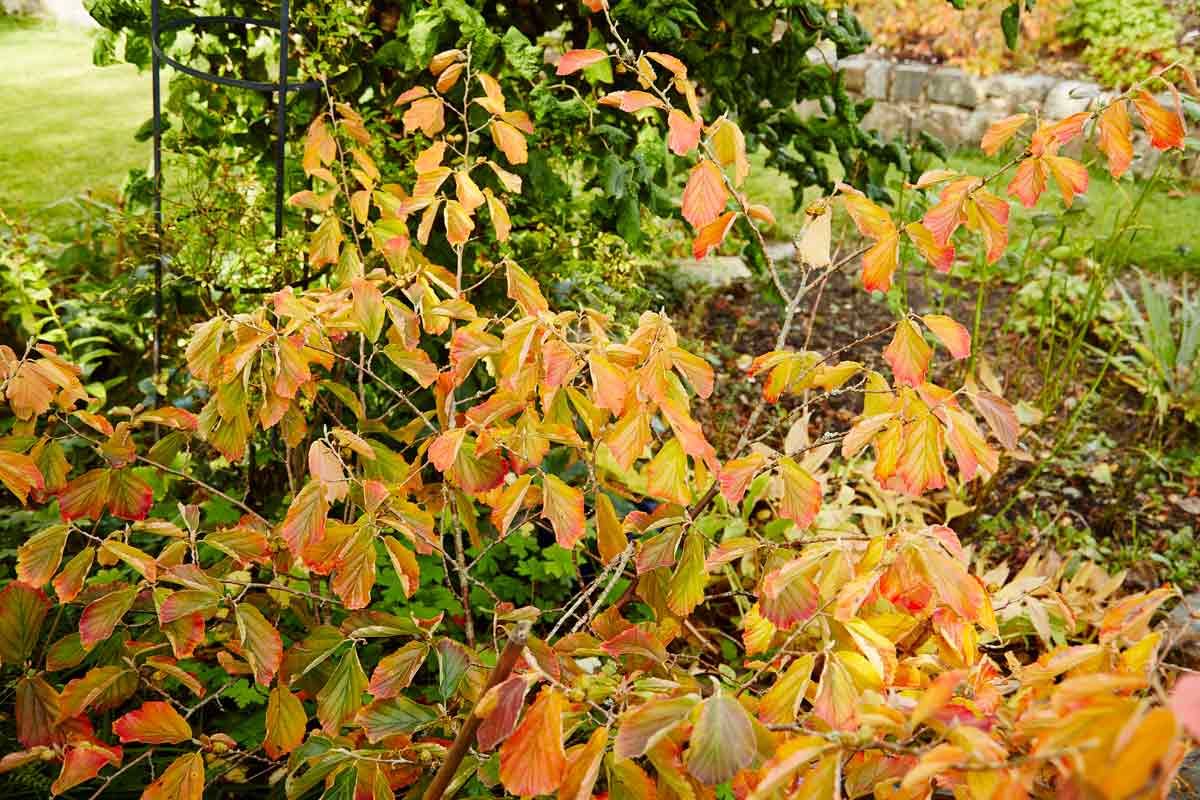6 U.S. Native Trees for Home Landscapes
If you’re planning to add trees to your landscape, choose from one of these 6 trees that are native to most of the U.S.
"Leaf-peepers" drive for hours every fall to see some of the country’s best trees in their fiery fall foliage. No wonder - it can be a glorious sight! But gardeners can manufacture autumn glory on a smaller scale right in the yard with a few landscape-worthy trees.
Here are five trees that will add some bright, beautiful color to your autumn garden:

This sugar maple boasts beautiful fiery red and orange leaves as autumn approaches. mirceax / iStock / Getty Images Plus
Some are big and fast-growing, some are smaller and slower-growing, but almost all maple trees produce some of the most brilliant red or gold leaves in fall. Cold-preferring sugar maples are especially showy, red maples are colorful natives, and paperbark maple offers peeling cinnamon-colored bark in addition to red-gold fall foliage. Maple sizes range from 30 to 50 feet tall and wide.

Dogwood trees can produce beautiful orange and red leaves during the fall, depending on its variety. ottoblotto / iStock / Getty Images Plus
Native American dogwood trees produce deep-red fall foliage in addition to red fall berries and gorgeous white or pink flowers in spring. Pagoda dogwood is a more trouble-resistant U.S. native small tree with reddish-purple fall foliage, while the non-native Kousa dogwood is toughest of all and sports blood-red fall leaves and orange-red, marble-sized fall fruits. Dogwood sizes range from 15 to 25 feet.

Black gum trees are famous for their glowing blood-red leaves in the fall. gardendata / iStock / Getty Images Plus
This 40-foot native tree rivals maple for fiery fall foliage, turning glowing blood-red in October. Also known as tupelo, it’ll tolerate damp soil in addition to open, sunny sites.
If you are an avid birder, a black gum tree may be a great addition to your backyard. Once its beautiful spring flowers are pollinated, they form into black stone fruits that arrive in early fall. Though the fruits aren’t tasty for humans, the birds love them!

Stewartia trees change daily in their coloring during the fall, transitioning between gold, orange, and scarlet. pcturner71 / iStock / Getty Images Plus Stewartia
Both Japanese and Korean stewartias are slow-growing 20-foot trees with fall foliage that changes daily in a blend of gold, orange and scarlet. Trees produce white flowers with yellow centers in summer and develop attractive flaking bark as the tree ages.
Because this tree prefers partial to full sun, it is best to plant in an area where it won’t have any other tall plants competing for height.

In the fall, witch hazel produces red or gold foliage. cadifor / iStock / Getty Images Plus
Whether you consider it a big shrub or a small tree, this 15- to 18-footer offers neon red or gold fall foliage. Depending on the type, witch hazels also have yellow, orange, or red very-early-spring spidery flowers.
Witch hazel is one of the most widely used extracts in the world. Distilled from the bark of young stems and roots, it is used as a healing agent, relieving inflammation, and reducing skin irritation among many other uses.